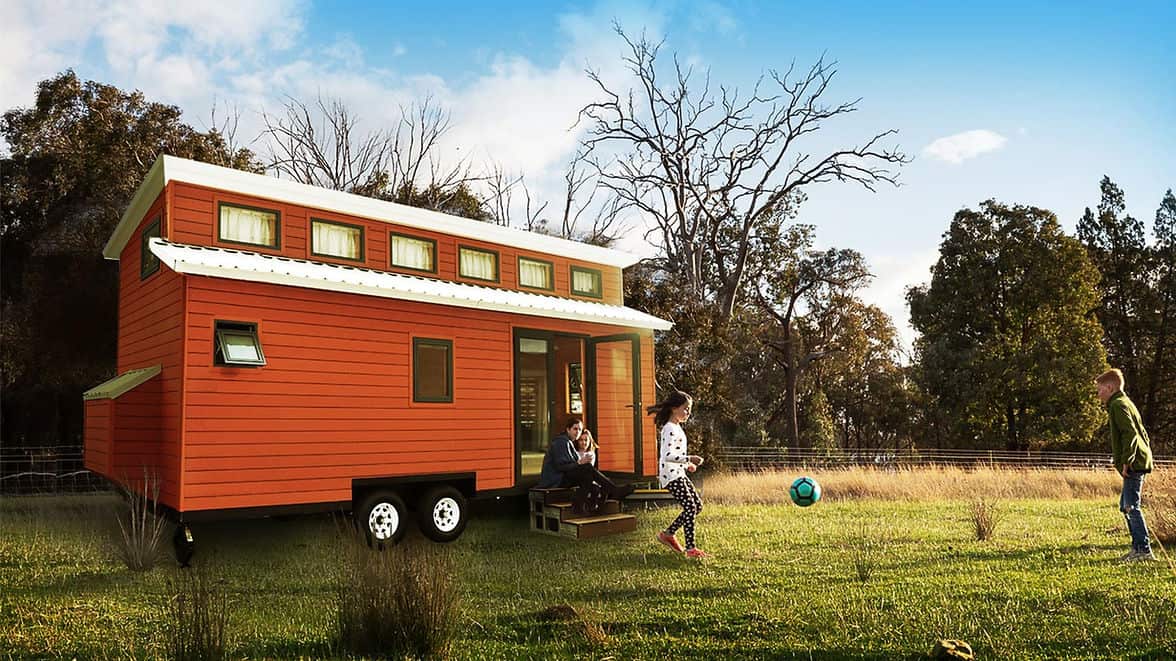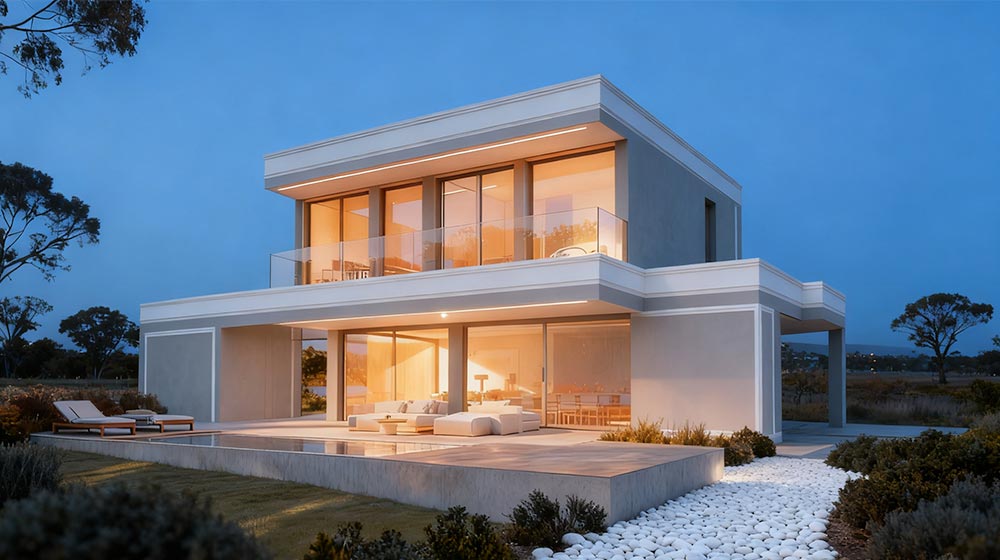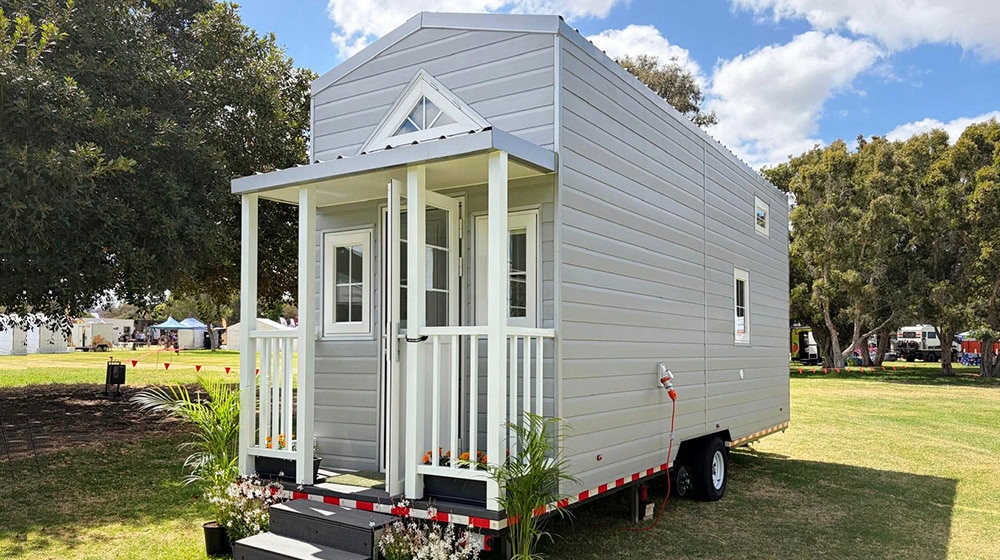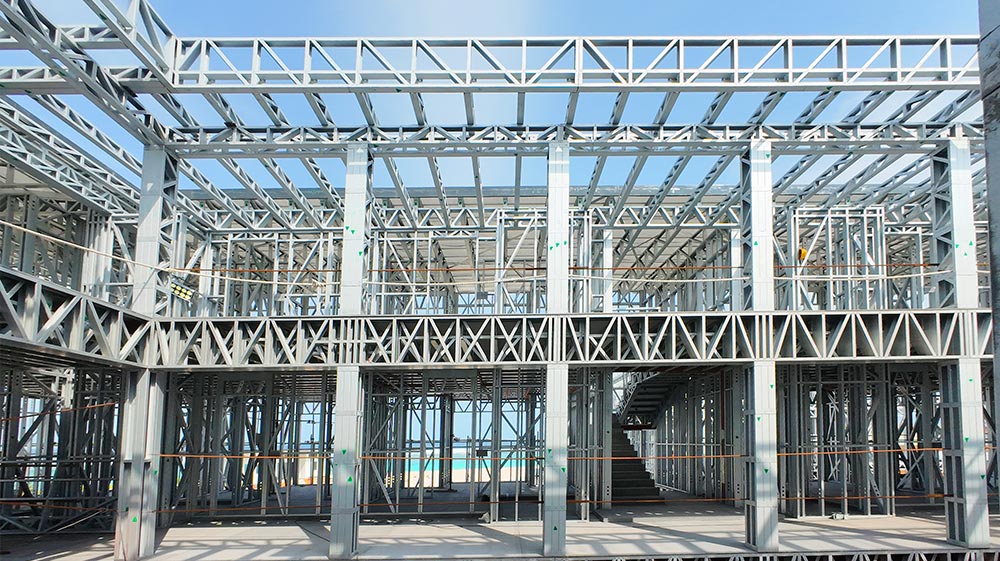As cities develop, it is almost inevitable to prevent housing shortage due to the increasing population. In response to this conundrum, the tiny house movement emerges as the times requireis, bringing a breath of fresh air to the modern living style.
Understanding the Tiny House Movement
The tiny house movement is a shift toward living in smaller, well-designed spaces that encourage financial freedom, environmental responsibility, and a simpler way of living. It has grown rapidly in recent decades and has influenced both architecture and modern culture.
Origins and Its Influence
The roots of this social movement stretch back to the early 1980s, with rising interest in minimalist living and downsizing. However, it was not until the late 1990s and early 2000s that the idea became a recognized social and architectural trend.
One of the most important key milestones is the founding of the Small House Society in 2002, which helped promote awareness and connect tiny house enthusiasts, as well as support the development of small house movement. Early advocates stressed the importance of affordability, sustainability, and flexibility, creating a foundation for future growth.
Also, many companies that specialize in constructing tiny houses have been sprouting throughout the market. Founded in 2009, Deepblue Smarthouse is one of the thriving industrial leaders with rich experience, an extensive portfolio and customized services that provides the tiny house community premium quality products.
Core Philosophy and Lifestyle
At its core, the movement promotes living with less possessions, lower costs, and a smaller environmental footprint. Most tiny homes range from 100 to 400 square feet, much less than the average American house.
People choose to live in a tiny house for several reasons:
- Financial freedom: Many tiny house owners avoid mortgages.
- Sustainable living: Tiny homes use fewer resources and produce less waste.
- Flexibility: Some tiny houses are built on wheels, allowing for a mobile lifestyle.
Daily life in a tiny home emphasizes creative storage, multifunctional furniture, and strong organization to help residents live simply. Many who embrace the movement value mindfulness, owning only essentials, and spending resources on experiences rather than material goods.
Key Benefits of Tiny Living
Tiny living means more than just owning a small home. It offers real ways to save money, lower environmental impact, and enjoy greater flexibility in where and how one lives.
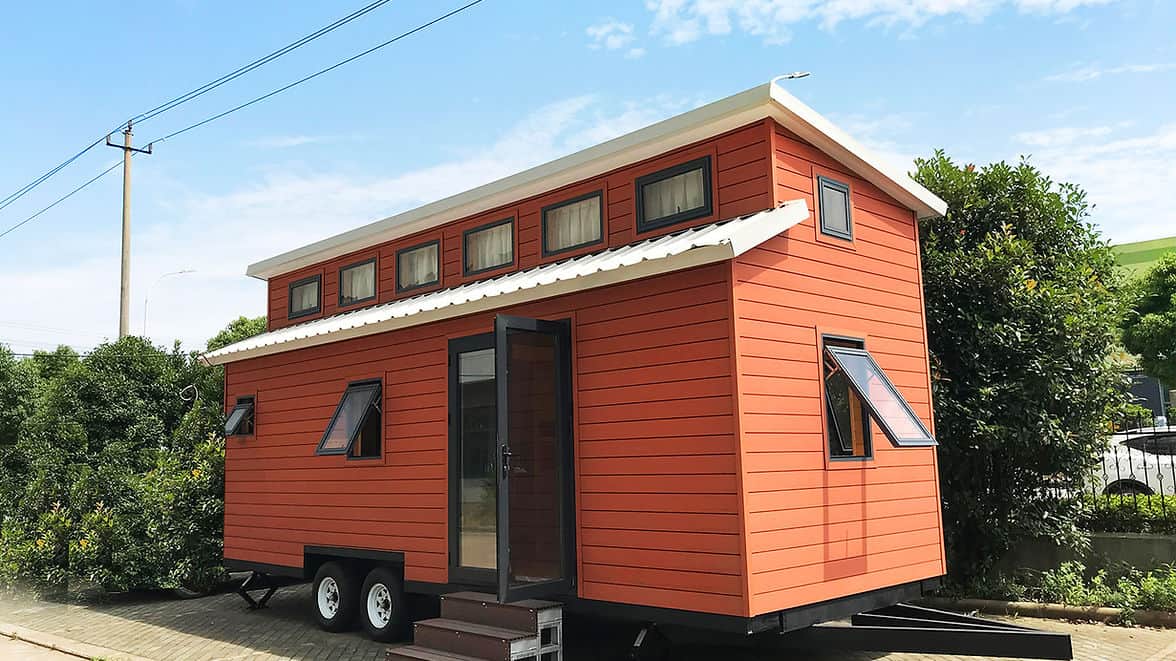
Financial and Practical Advantages
Moving into a tiny house can cut housing costs by a large amount and improve quality of life. The cost of buying an average tiny house is much less than that of a traditional home. This often means no large mortgage or just a small one. Sliding-scale monthly bills become easier to manage. Utility costs drop since it takes less energy to heat, cool, and power a small space. Maintenance tasks, such as repairs or cleaning, are also faster and cheaper.
Mobility and Flexible Housing Solutions
A major benefit of tiny living is its mobility. Many people choose a tiny house on wheels, making their home moveable rather than fixed to one spot. This allows individuals and families to travel or relocate without the expense of traditional moving.
Mobile homes and portable designs give owners expert control over where they live. Flexible housing options can respond to job changes, climate, or family needs.
Tiny living is well-suited for those seeking a simple lifestyle, more freedom, or a way to live closer to nature without the limits of a permanent address. This flexibility appeals especially to young adults, travelers, and those who value new experiences and/or homeowners that want to downsize their living areas.
Legal Considerations
Tiny house living comes with unique legal requirements. Most rules depend on local building codes, zoning laws, and changing policies around accessory dwelling units (ADUs).
Building codes set out the standards for materials, safety, and size. Most U.S. cities and many regions in Canada now recognize Appendix Q of the International Residential Code, which sets rules for homes under 400 square feet. This helps tiny homes meet safety and design standards.
Zoning laws decide where tiny homes can be located and if they can be used as full-time residences. In some places, such as California and Oregon, laws are more flexible and support tiny house growth. Other locations still do not allow tiny homes on lots zoned for single-family homes, especially if the house is on wheels.
Some cities require minimum square footage that is higher than most tiny homes offer. Permitting and inspections can be long and require several steps.
Conclusion
In conclusion, the tiny house movement represents a response to the demands of simplified housing solutions. It roots in modern minimalist lifestyle and affordable living that have grown into a global trend, offering financial savings, greater mobility, and a simpler living.
While legal and zoning hurdles remain, increasing awareness and evolving regulations are paving the way for more widespread adoption of tiny homes. Ultimately, the movement encourages individuals to prioritize experiences and resourcefulness that resonates with many seeking a more sustainable and meaningful way of living in today’s world.


